fertilizer for aquarium plants
د.إ 20.00 Original price was: د.إ 20.00.د.إ 12.00Current price is: د.إ 12.00.
Brand: Tropical
Origin: Poland
Type: TROPICAL CARBO
Description: TROPICAL CARBO is a fertilizer, which makes a particularly efficient source of organic carbon for aquatic plants.
Weight: 100ML
fertilizer for aquarium plants
TROPICAL CARBO
fertilizer for aquarium plants
Aquatic plants are plants that have adapted to live and thrive in aquatic environments, such as freshwater or marine habitats. These plants play crucial roles in aquatic ecosystems, providing oxygen, food, shelter, and habitat for various organisms. Here are some common types of aquatic plants:
- Submerged Plants: Submerged aquatic plants grow entirely underwater and often have long, thin leaves that help them absorb nutrients and oxygen from the water. Examples include:
- Eelgrass (Zostera spp.): Found in marine environments, eelgrass forms dense underwater meadows that provide habitat for a variety of marine organisms.
- Vallisneria: Also known as tape grass or eelgrass, Vallisneria species are popular aquarium plants with long, ribbon-like leaves.
- Floating Plants: Floating aquatic plants have leaves that float on the water’s surface, with their roots hanging down into the water. They provide shade and cover for aquatic organisms and help reduce nutrient levels in the water by absorbing excess nutrients. Examples include:
- Water Lettuce (Pistia stratiotes): Water lettuce forms rosettes of floating leaves and is commonly used in ponds and aquariums for its ornamental value.
- Water Hyacinth (Eichhornia crassipes): This fast-growing floating plant has attractive purple flowers and is often used in water gardens. However, it can become invasive in some regions.
- Emergent Plants: Emergent aquatic plants grow with their roots submerged in water but their stems and leaves extending above the water’s surface. They provide important habitat for birds, insects, and other wildlife. Examples include:
- Cattails (Typha spp.): Cattails are common emergent plants found in marshes, wetlands, and along the edges of ponds and lakes. They have tall, slender stems topped with brown cylindrical flower spikes.
- Pickerelweed (Pontederia cordata): This emergent plant has glossy green leaves and produces spikes of blue-purple flowers. It is commonly found in shallow water and provides habitat for aquatic wildlife.
- Marginal Plants: Marginal aquatic plants grow along the edges of water bodies, where their roots are partially submerged in water and partially in soil. They help stabilize shorelines, filter runoff, and provide habitat for wildlife. Examples include:
- Arrowhead (Sagittaria spp.): Arrowhead plants have arrow-shaped leaves and produce white flowers. They are often planted in shallow water gardens and along pond margins.
- Bogbean (Menyanthes trifoliata): Bogbean is a marginal plant with trifoliate leaves and clusters of white or pink flowers. It thrives in boggy or marshy areas.
These are just a few examples of the diverse range of aquatic plants found in various aquatic habitats around the world. Whether in natural ecosystems, home aquariums, or ornamental ponds, aquatic plants contribute to the health and beauty of aquatic environments.

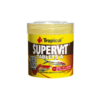
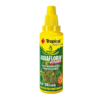
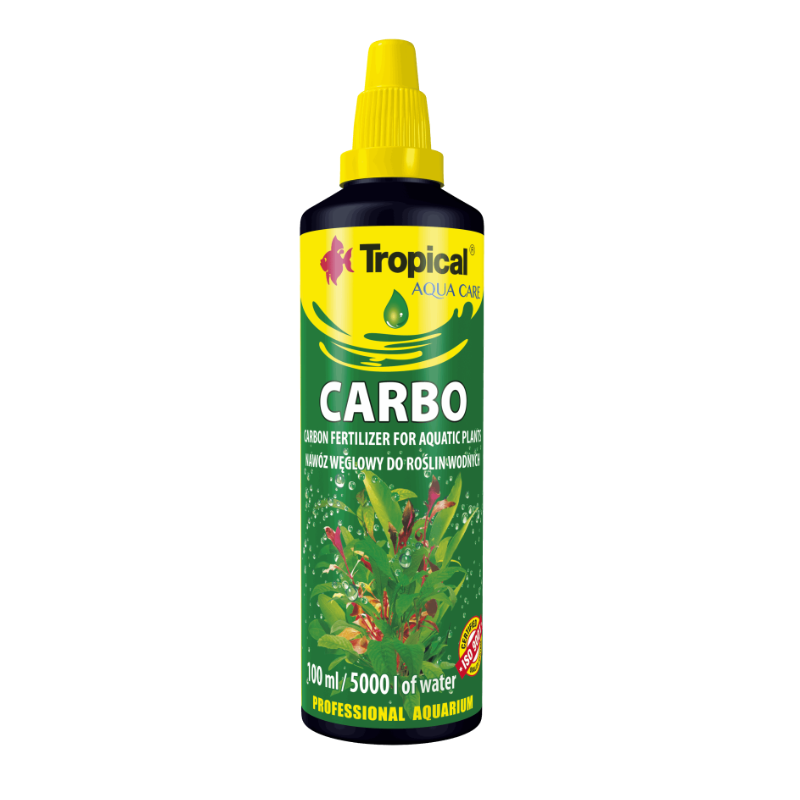
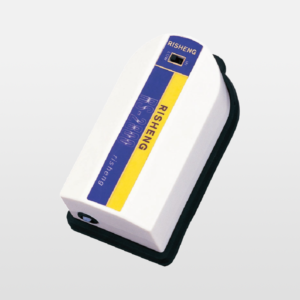
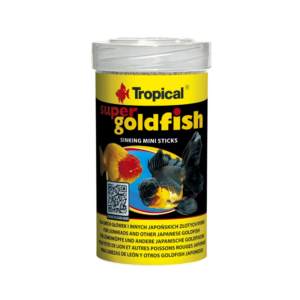
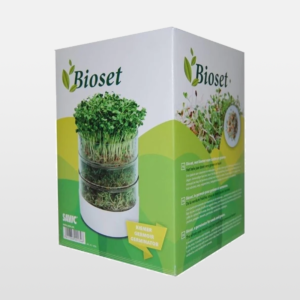
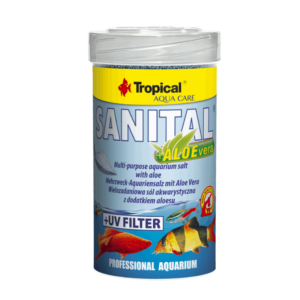
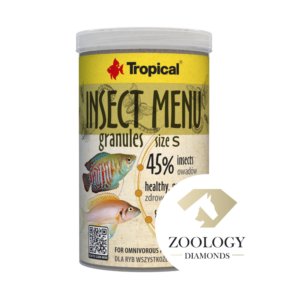
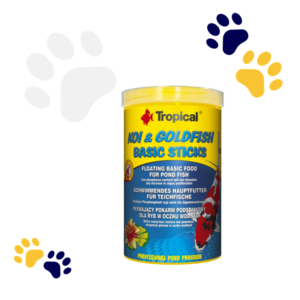
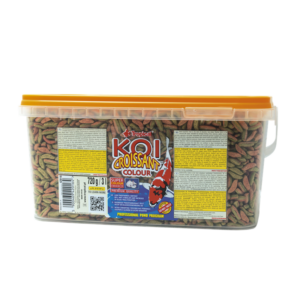
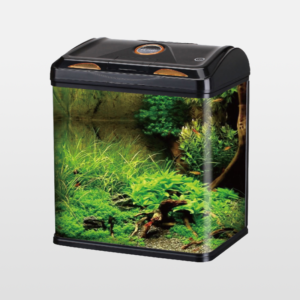
Reviews
There are no reviews yet.